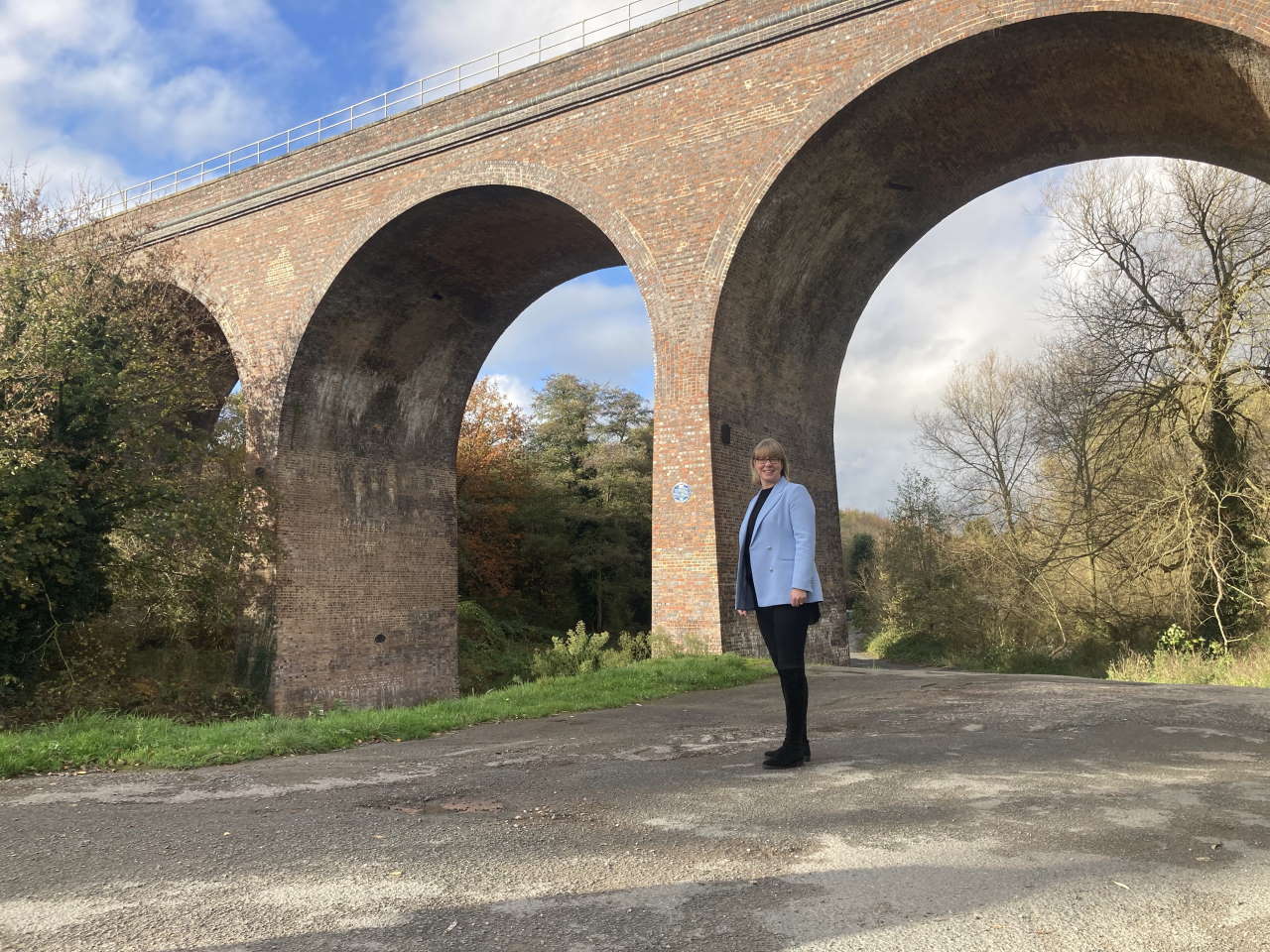The Severn Valley Railway has erected a commemorative blue plaque to honour ten navvies who perished 150 years ago during the construction of the original line.
Installation of the plaque marks the completion of a £1.3million project to restore the line’s Falling Sands Viaduct, which is located next to the new Silverwoods mixed-use development, half a mile from the Severn Valley Railway’s Kidderminster Town station.

As well as restoring the viaduct, which is a vital piece of the SVR’s infrastructure, the project also provided funds to create two permanent exhibitions that tell the story of the construction of the original line, and of the more than 1,000 navvies who built it. Besides the exhibitions, new interpretation panels have also been fitted to the viaduct illustrating its original construction and eventual restoration more than 140 years later.
Railway construction in the Victorian era was extremely hard and dangerous. There were many accidents, and significant numbers of people lost their lives. The Severn Valley Railway was no exception, with many reports of serious accidents during the two phases of construction. Seven navvies are known to have died during the construction of the first part of the line between 1858 and 1862, and three more during the construction of the Kidderminster to Bewdley ‘loop line’ between 18757 and 1878.
Restoration of Falling Sands Viaduct was made possible thanks to a substantial grant from the National Lottery Heritage Fund. It was keen to see the navvies’ sacrifices recognised by funding the commemorative blue plaque in honour of the ten men who died building the railway during the Victorian era.
Helen Smith, the SVR’s managing director, said: “Unlike today, health and safety measures were not considered important,” said “For the Victorian navvy, danger was just an occupational hazard. It is fitting that we’re now commemorating these forgotten heroes, who constructed most of our rail system by hand and who, until now, have received little recognition.”






Responses